Featured Events
View exhibitions, virtual tours, artist spotlights, art fair previews, and more from our participating museums, galleries, private dealers and nonprofits.
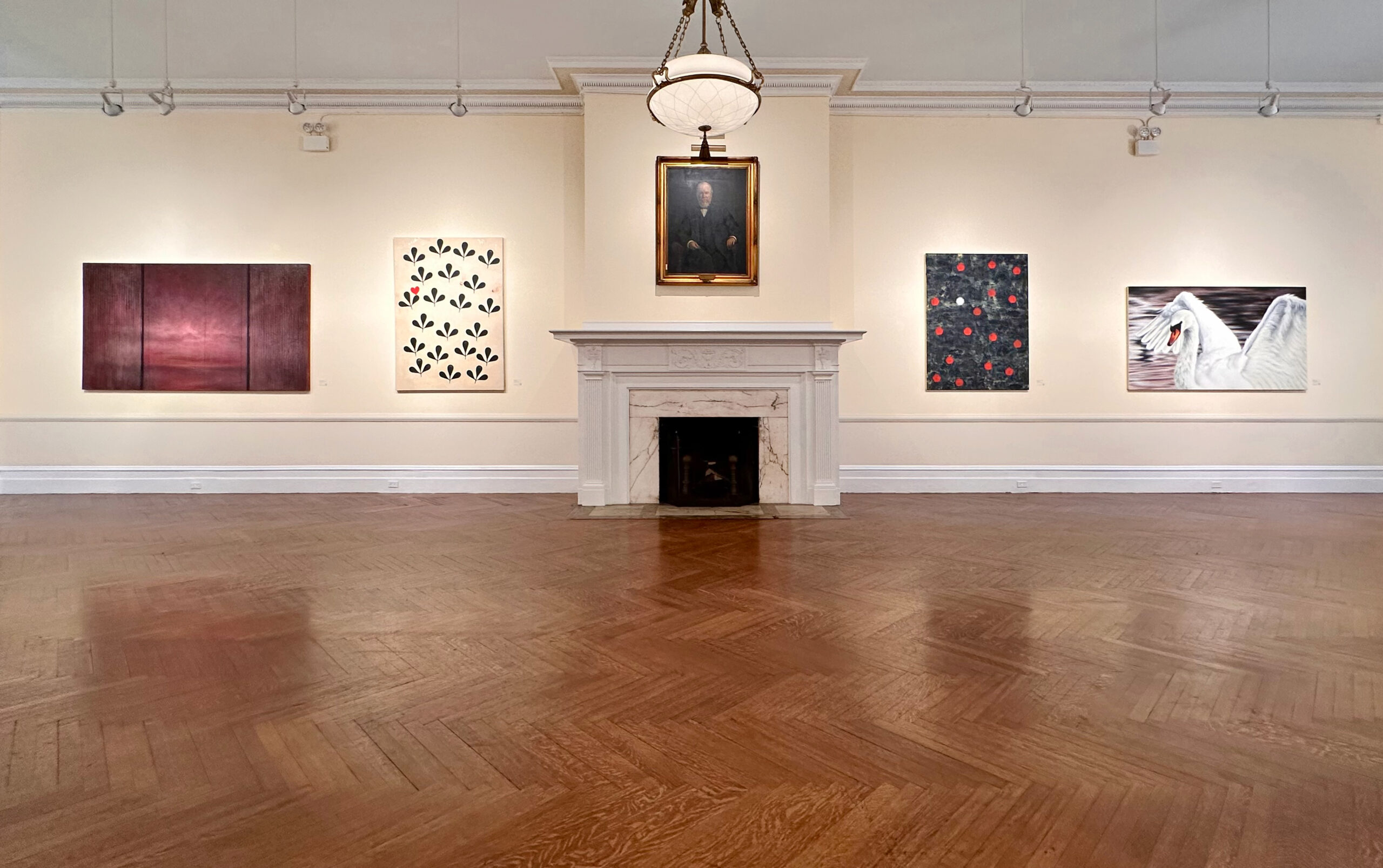
Date: April 22 – July 31
Exhibition courtesy of Woodward Gallery at Downtown Association, 60 Pine Street, NYC
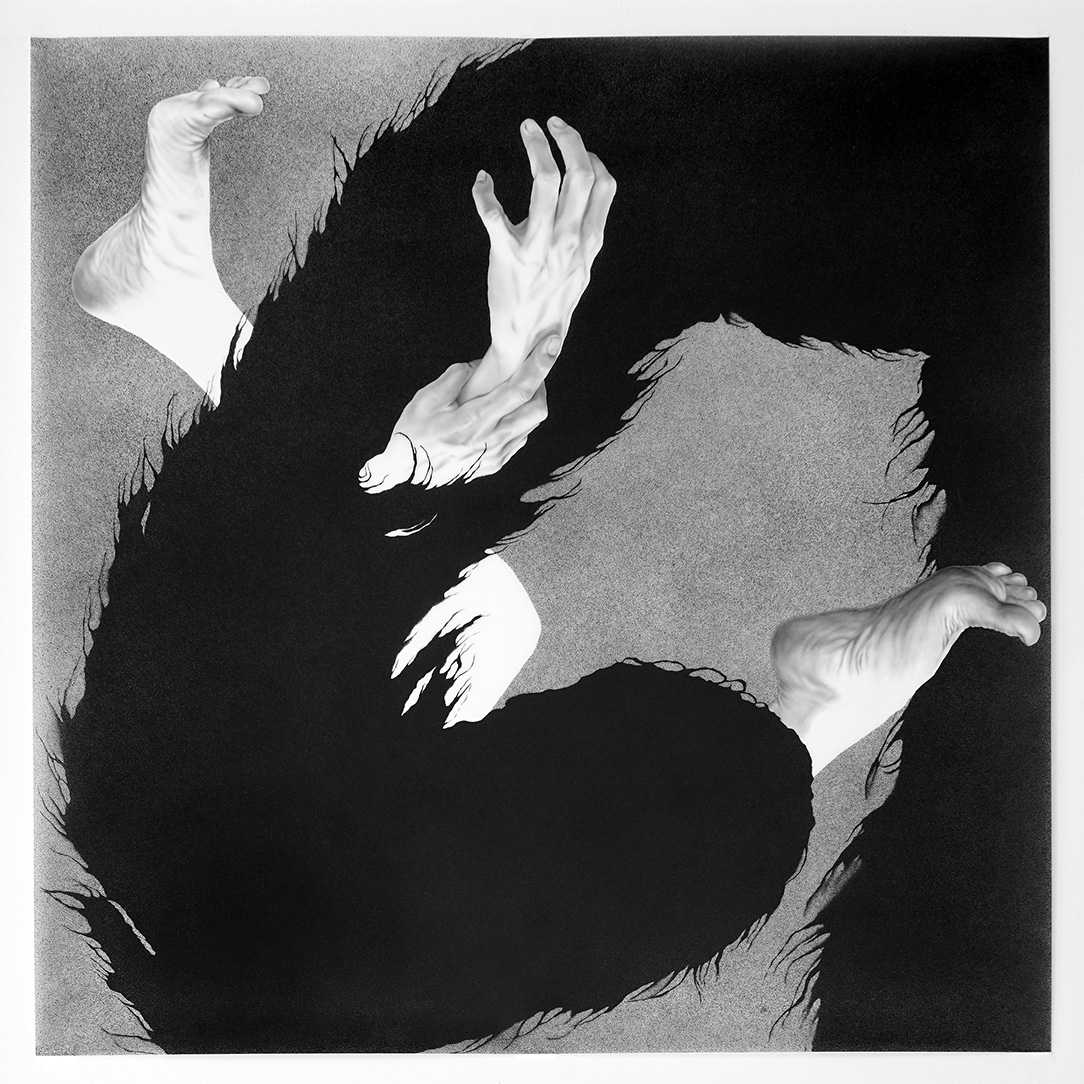
Boren Banner Series: Samantha Wall
Date: April 10 – October 6
Exhibition courtesy of Frye Art Museum
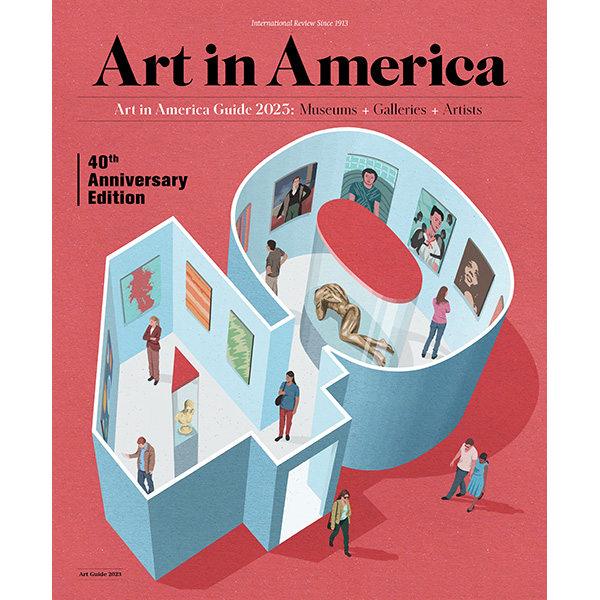
40 Years with
Art in America!
Since 1982, the Art in America Guide has been the most comprehensive national printed directory of galleries, art dealers, consultants, museums, and nonprofit art spaces available.
Our 40th anniversary edition marks our final edition of the print publication. We’re taking the momentum of this historic milestone to evolve our digital platform. Looking ahead, the Art in America Guide will be a more interactive resource for the art industry and our engaged community of museums, galleries, art schools, nonprofits, and art dealers that have been part of the Art in America Guide for decades. More on that soon!
Highlights From Art Media
- At the Venice Biennale, Ana Segovia...by Maximilíano Durón on 04/17/2024 at 4:30 am
In February 2020, during Mexico City’s art week, Ana Segovia staged an intervention in La Faena, a cantina downtown not far from the Zocalo. At one […]
- Potential Legal Heir Emerges to Claim Long-lost...by Tessa Solomon on 04/26/2024 at 5:04 pm
Titled “Portrait of Fräulein Lieser" (1917), the work was purchased for $32 million by an anonymous Hong Kong dealer.
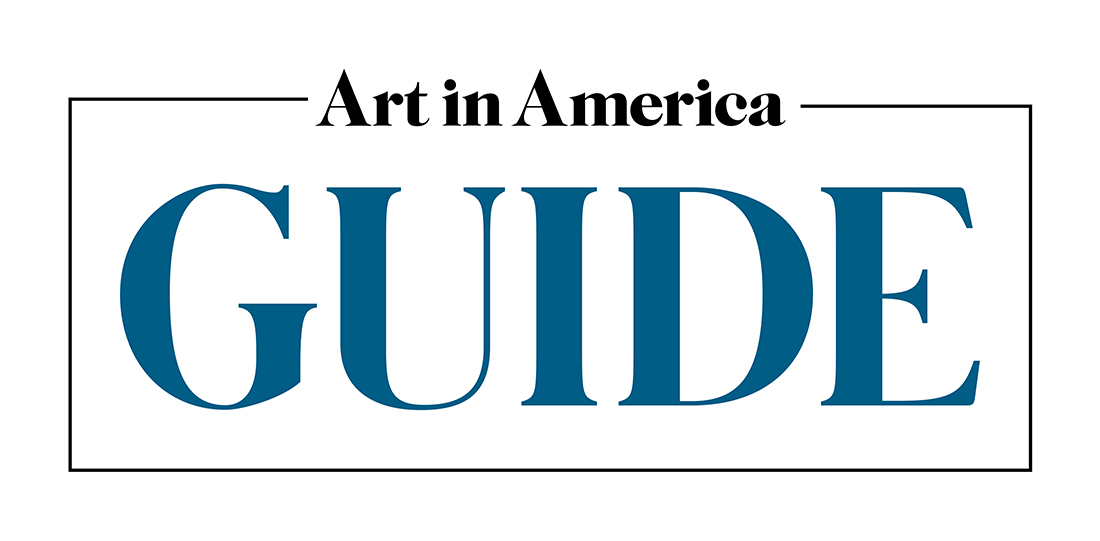
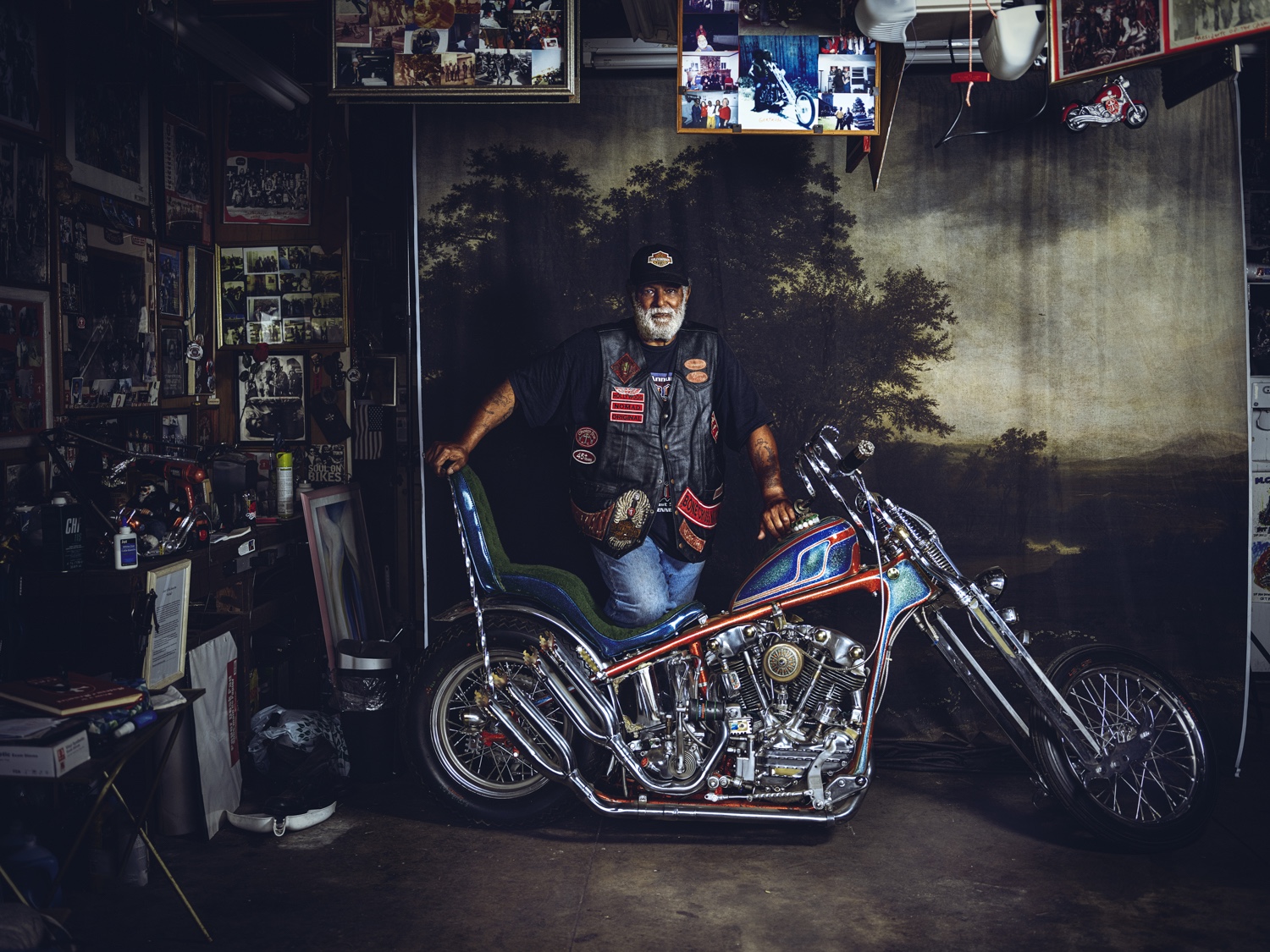
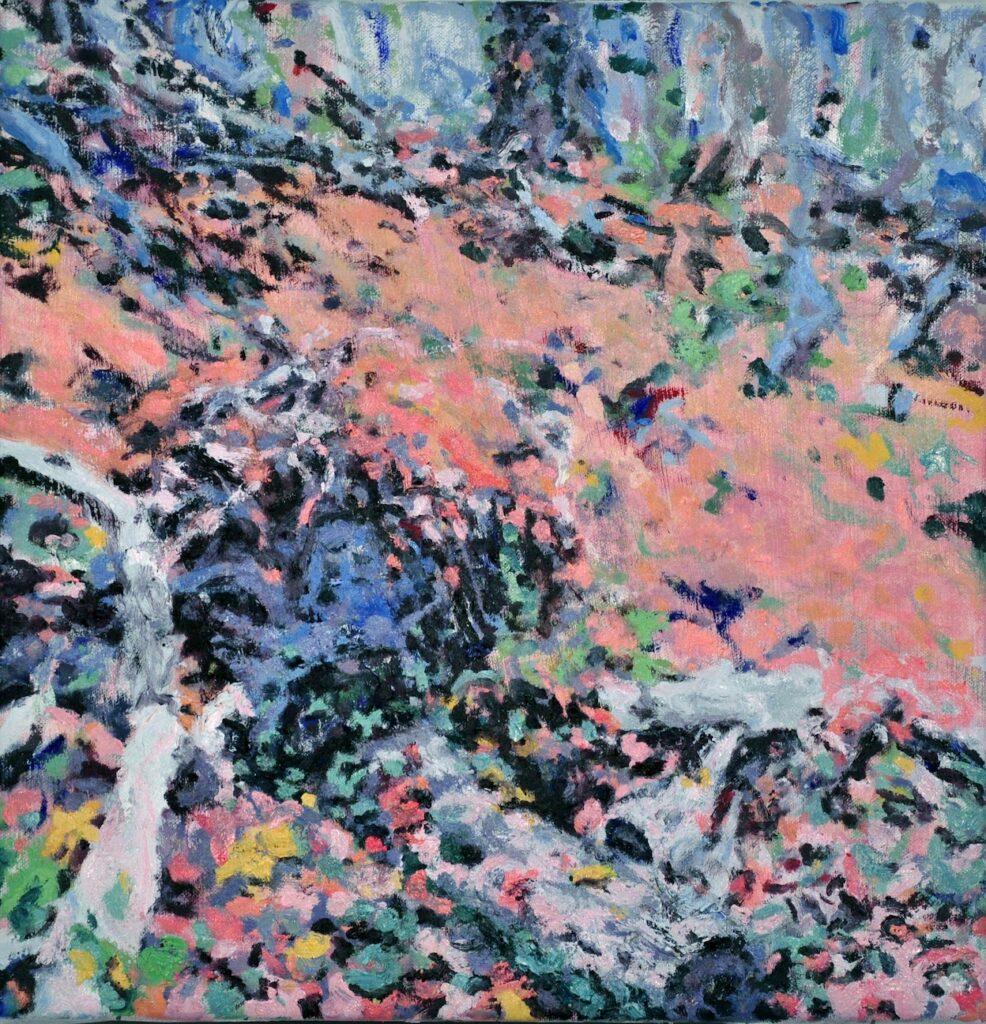
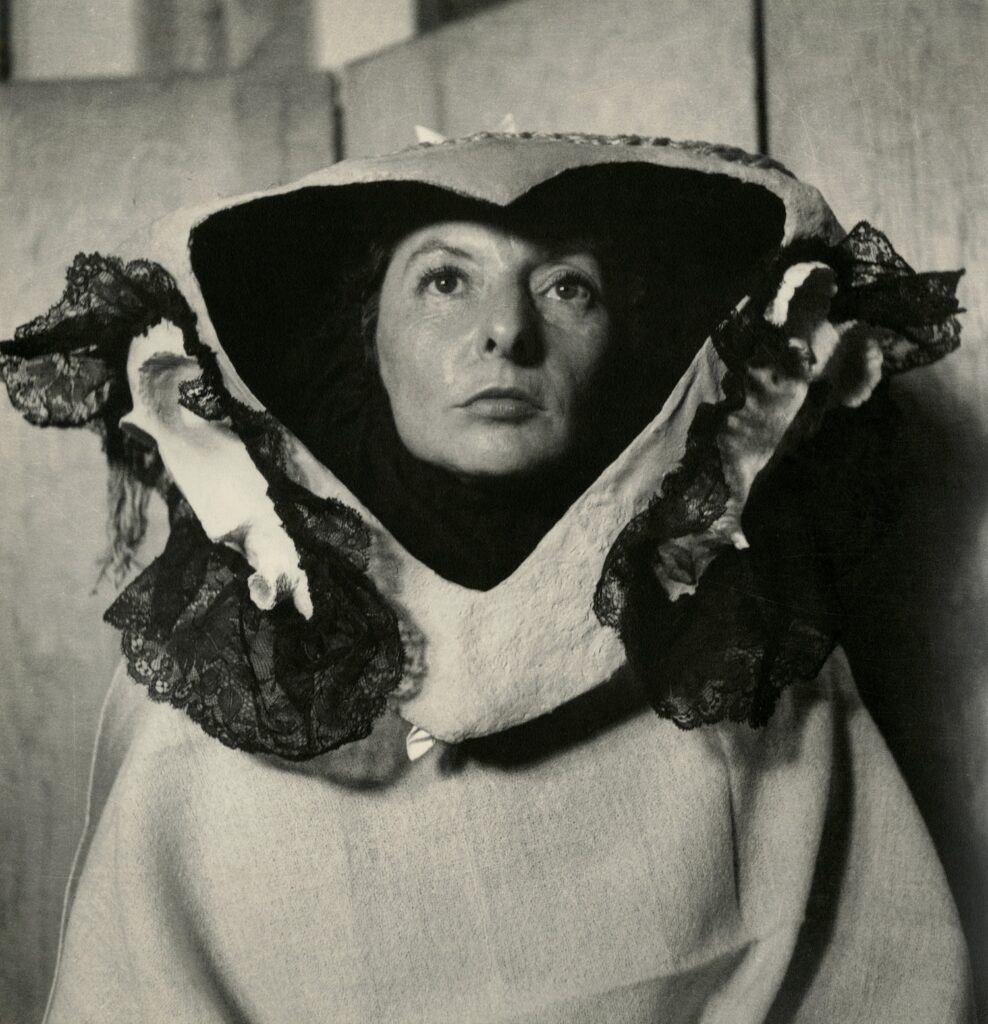
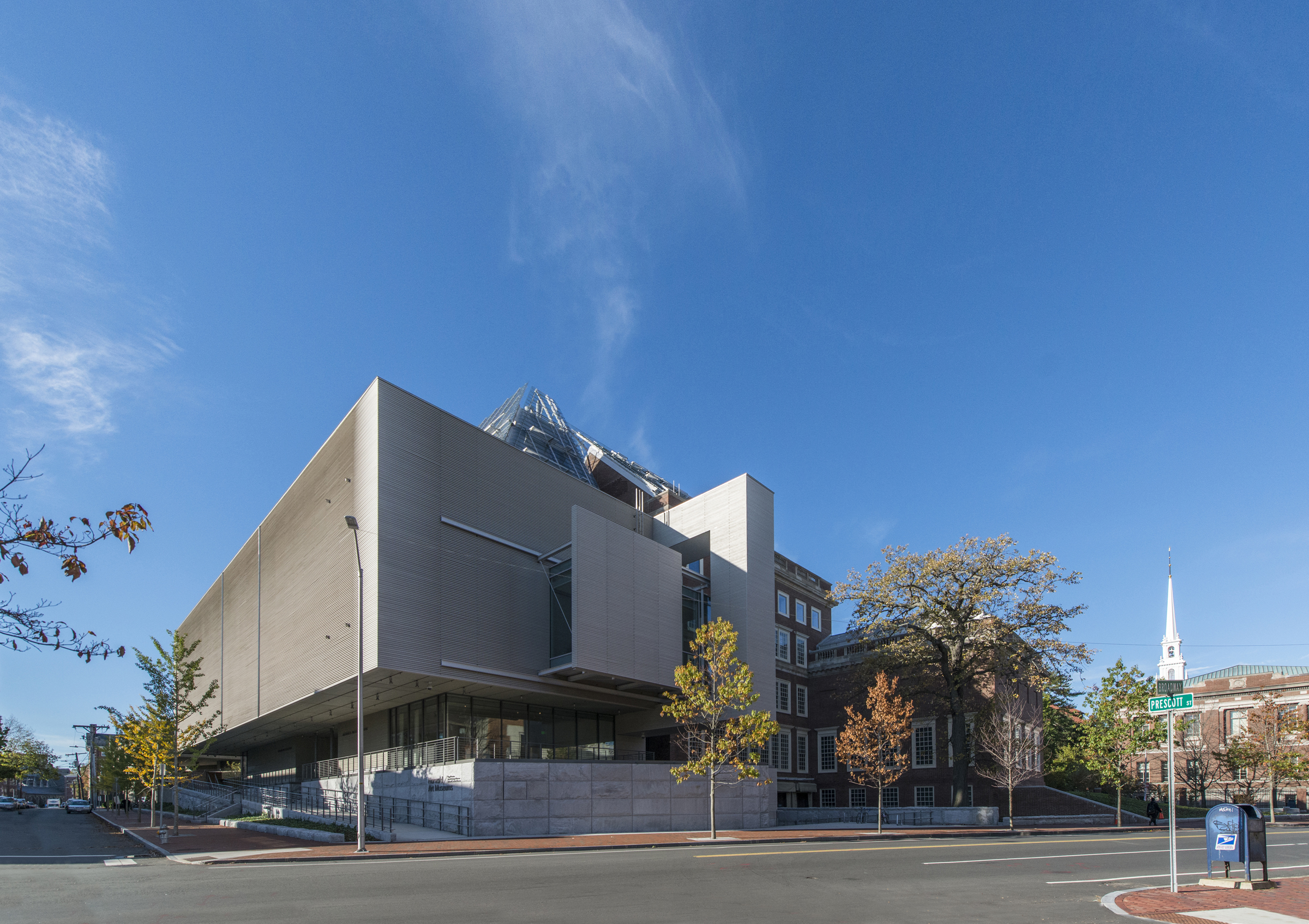
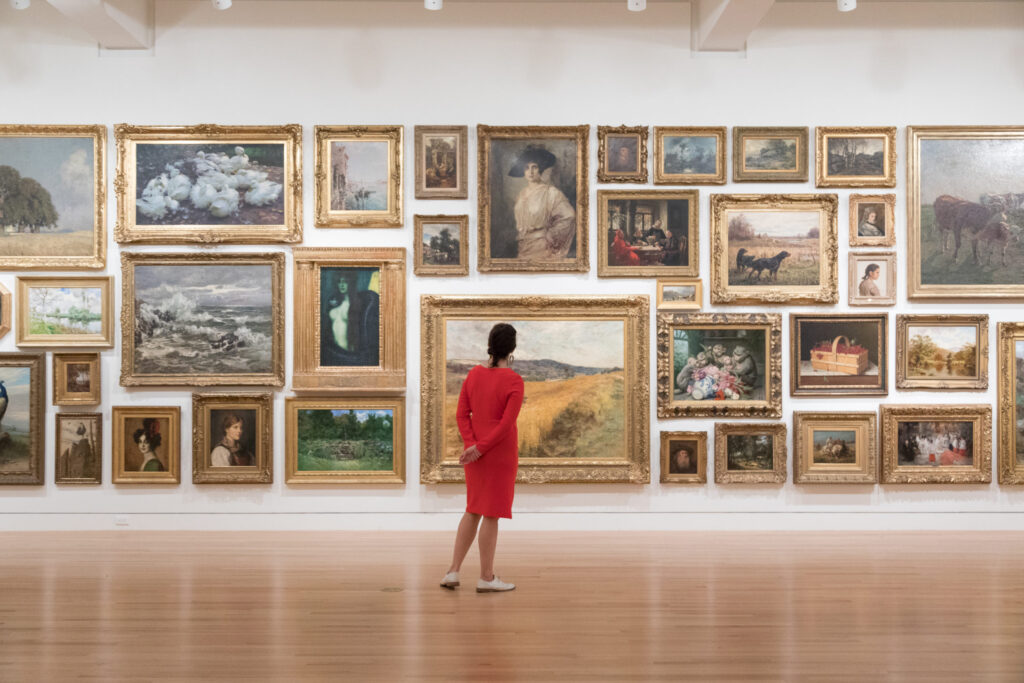
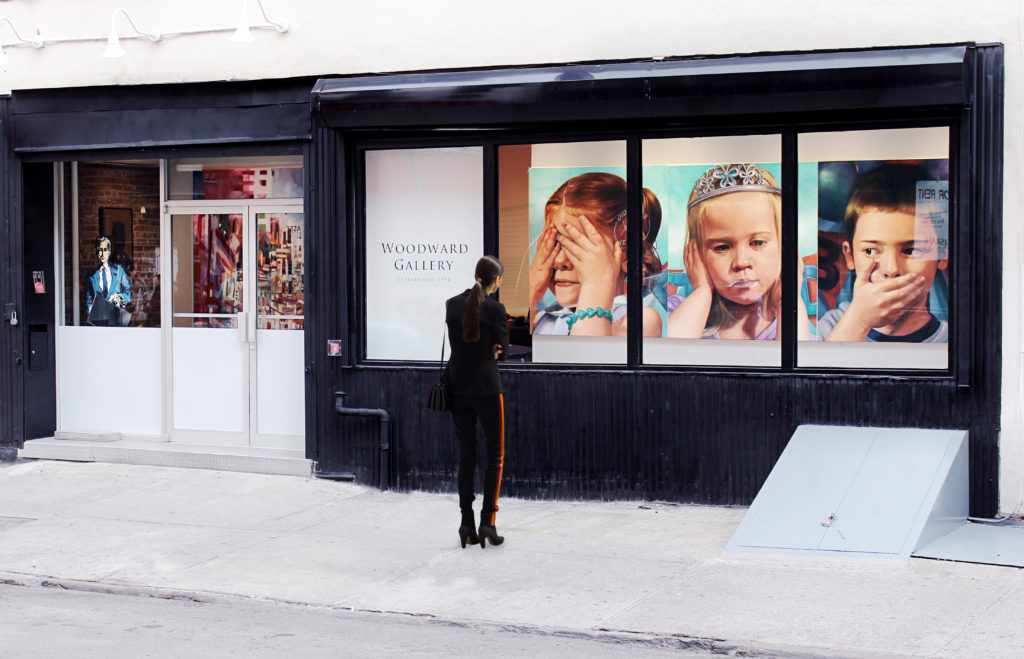
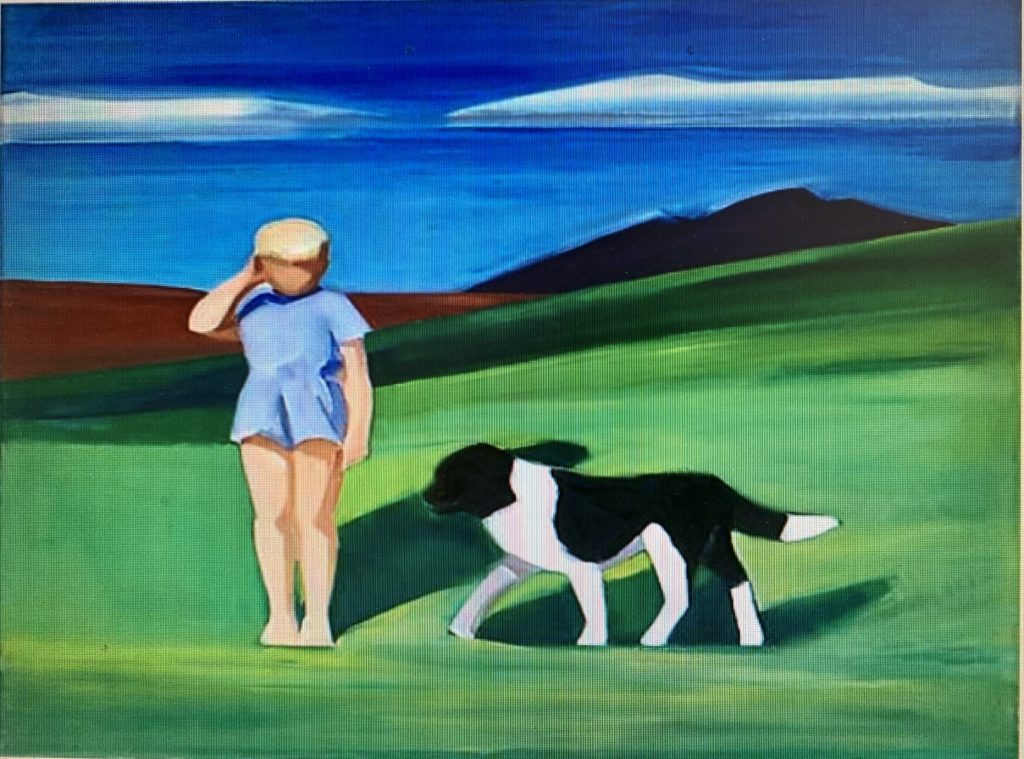


![Maximilíano Durón reviews “The Juggler’s Revenge,” a Jean Cocteau retrospective at Venice’s Peggy Guggenheim Collection, which positions Cocteau as a brave forerunner for generations of queer artists who would follow.
“At least we now live in a time where Cocteau’s vision can be seen from a different angle, refracted back to us from beyond the looking glass,” writes Durón.
For incisive criticism and commentary, subscribe to our new weekly newsletter “Reframed.” Delivered each Thursday and packed with fresh perspectives from our editors, "Reframed” also runs down the week’s top stories and let you know what shows to see.
“The Juggler’s Revenge” is on view now through September 16.
Check the link in our bio to read the full essay.
Image: Jean Cocteau, "Miroir d’Orphée (Orpheus’s Mirror)," 1960/1989.
Credit: Photo Yankont@pt.lu/©2024 ADAGP and Comité Cocteau, Paris, by SIAE/Collection Kontaxopoulos Prokopchuk, Brussels
[ID: Composite image of a sculpture showing two profiles of faces in metal on gold background. The sculpture is closed on the left and open on the right to reveal a mirror.]](https://artinamericaguide.com/wp-content/plugins/instagram-feed/img/placeholder.png)